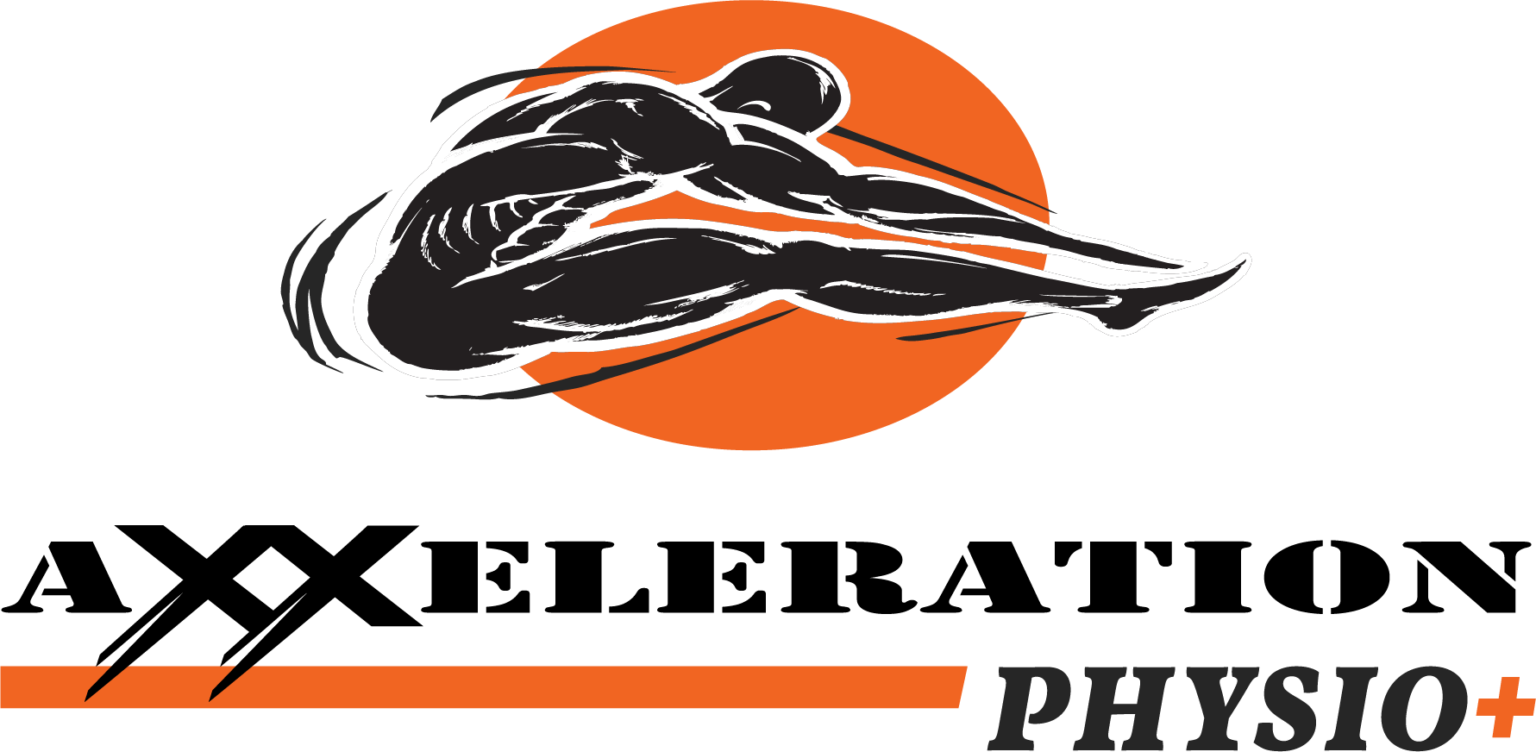Body Composition Analysis
Body Water
WHY THIS MATTERS?
Both Intracellular water (ICW) and Extracellular water (ECW) are valuable in their own right, but monitoring Extracellular Water, in particular, can provide deep insights.
If you notice an increase in ECW, but not ICW, this could be due to acute inflammation from overtraining.
Dry Lean Mass
This value is the weight of the protein and mineral content in your body.
WHY THIS MATTERS?
Because protein makes up most of your muscle, and Dry Lean Mass excludes body water, if your Dry Lean Mass increases, then this is generally a sign that you have gained muscle mass!
Body Fat Mass
This value reveals how much body fat, both surface level (subcutaneous) and internal (visceral), make up your weight.
Lean Body Mass (LBM) includes muscle, water, bones, and organs.
WHY THIS MATTERS?
Usually, increases in LBM reflect an increase in muscle mass (which you can also see as an increase in Dry Lean Mass) and is considered an improvement in body composition.
However, people who do not maintain normal body water ratios may have increased LBM due to swelling caused by strenuous exercise or activity.
ECW/TBW Analysis
Extracellular water (ECW)/Total Body Water (TBW)is a measure of compartmental fluid distribution and shows, as a ratio, how much of your total body water is extracellular.
Taking multiple InBody Tests will establish your normal fluid status and help determine any imbalances.
As a general guide, check to see that your ECW/TBW is below 0.390.
WHY THIS MATTERS?
This graph lets you quickly understand if you have occasional inflammation or swelling in your body resulting from strenuous exercise or activity
When used correctly, this is one of the most valuable sections of your InBody Result Sheet.
While any person can theoretically have an underdeveloped body segment, some groups may be at more risk than others.
Segmental Lean Analysis
Segmental Lean Analysis displays your Lean Body Mass (Fat-Free Mass) in all body segments in pounds and its sufficiency to support your body weight as a percentage. Interpreting your Segmental Lean Analysis can help you see areas where you need to increase your Lean Body Mass. Achieving a more balanced, healthy body composition may have other positive effects, such as body fat reduction.
Here are a few populations who may have an elevated risk of having underdeveloped body segments:
1)Sedentary adults
Sedentary adults who do not exercise commonly have below-average Segmental Lean Mass typically in their legs, which may be due to having jobs that require sitting for long periods.
2) Skinny Fat” individuals (sarcopenic obese)
People who are “skinny fat” have too much body fat and not enough mu
3) Muscle Imbalance
Muscle imbalances are relatively common in today’s increasingly sedentary population. People who have jobs where they sit down for most of the day tend to have a developed upper body but an underdeveloped lower body.
WHY THIS MATTERS?
If you have an upper and lower muscle imbalance, increase your LBM in your lower legs to reduce your risk of injury.
On the other hand, if one side of your body has more developed muscle mass than the other, optimize your strength training to achieve a better balanced LBM distribution.
Schedule your In-Body Scan Today









